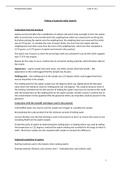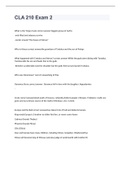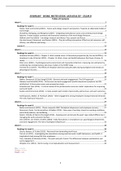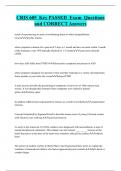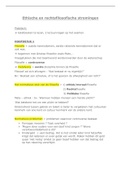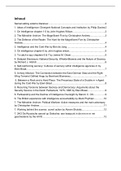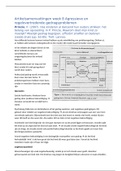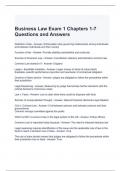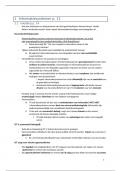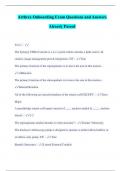Essay
Unit 4 learning aim C: Making a headache tablet (aspirin)
- Institution
- PEARSON (PEARSON)
This assignment should be used for ideal purposes only although this assignment has achieved distinction level but this can't guarantee of giving you a distinction because each school may slightly have different criteria requirements. Everything you may need to complete your assignment might be fou...
[Show more]
